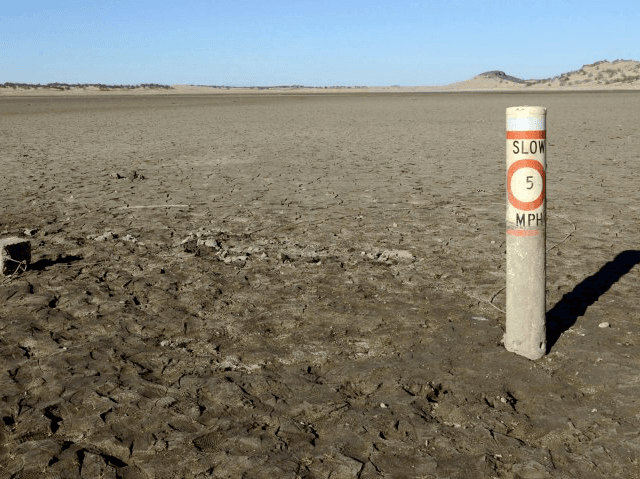Although Northern California is at 140% average rainfall so far this year, the state is still in the equivalent of one of its worst droughts. The National Oceanic and Atmospheric Administration (NOAA) recently downgraded its estimated probability of El Niño torrential rains developing this winter to approximately 65%. Because of California’s dominance in U.S. total agricultural production, decreased irrigated production could be a contributing factor to rising food and other agricultural commodity prices.
El Niño is a cyclical phase of warm ocean water that develops in the central and east-central equatorial Pacific, including the Pacific coast of South America, resulting in very heavy rainfall in California. It tends to be followed by a La Niña cyclical phase of lower sea temperatures that often cause drought conditions across the state.
California’s agricultural heartland is mostly man-made. Wet winters and dry summers provide a mild climate for an extended growing season, but it has been irrigation that has allowed California to account for 7.9 million acres, or 20% of America’s cropland. Approximately 80% of water pumped from groundwater aquifers or diverted from rivers is used in agricultural production.
About 75% of California’s annual precipitation falls north of Sacramento, but 75% of the population and large-scale irrigated agricultural production is located in central and southern California. The state relies on a series of canals, aqueducts and reservoirs to support agriculture, including the State Water Project, Central Valley Project and Colorado River diversions.
The State Water Project stretches from Redding to cover two thirds of the California. Roughly 2.5 million acre feet of water per year are delivered to 25 million people and 750,000 acres of farmland. Total SWP water storage is about 5.8 million acre-feet.
The Central Valley Project serves 3 million acres of farmland by supplying 7.1 million acre feet of water per year. Total storage is 11.3 million acre feet. But the system does not serve urban areas: its highest water priority is river navigation and flood control.
The California Department of Water Resources, after initially allocating 0% deliveries in 2014 from the State Water Project and Central Water Project, eventually relented with a delivery of 5% of its allocation. That compares to 35% in 2013, 65% in 2012, and 80% in 2011. There has not been 100% allocation since 2006.
Groundwater resources provide 25-40% of California’s total water supply. The largest source of groundwater is the Central Valley aquifer, which includes the four basins in the Sacramento Valley, the Delta, the San Joaquin Basin and the Tulare Basin. Between 2003 and 2009, the aquifer by roughly 25 million acre feet. Although recent legislation gives local governments the right to restrict groundwater pumping and impose fines, the legislation’s compliance is not mandatory until 2020.
California accounts for 14% of all agricultural sales in the U.S., including 90% of Pima cotton production, 21% of rice, 25% of vegetables, 20% of dairy, and 90% of nuts. California is an intensive agricultural zone for international exports, especially for higher value goods. Canada, the European Union and China are the top destinations.
Researchers at the University of California, Davis, estimate 430,000 acres were taken out of production in 2014 due to the drought. The impact is expected to cost of $1.5 billion and cause the loss of 17,000 seasonal jobs.
Despite the eventual end of the drought, the irrigation required to maintain agricultural production will keep water demands high for the foreseeable future. Farmland will also have to compete with municipal and industrial demands for limited water resources, as the California is expected to grow by 15 million residents between 2010 and 2060.
According to Stratfor Global Intelligence, rapid worldwide urbanization over the next two decades will lift hundreds of millions of people into the middle class. With greater affluence, dietary choices will shift in favor of the higher value agricultural products that California produces. The only limiting factor will be access to water.
The families that have created the greatest agricultural abundance on earth would like you to please pray for an El Niño.

COMMENTS
Please let us know if you're having issues with commenting.